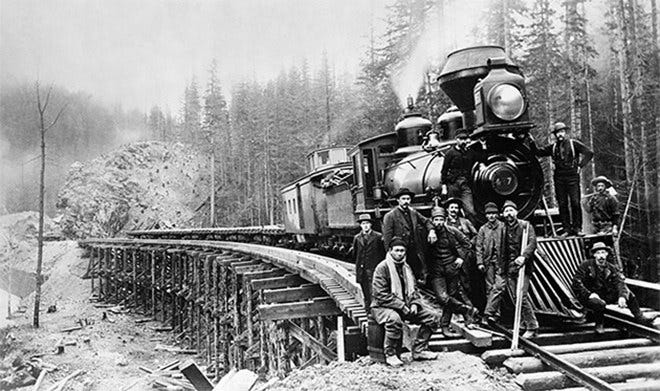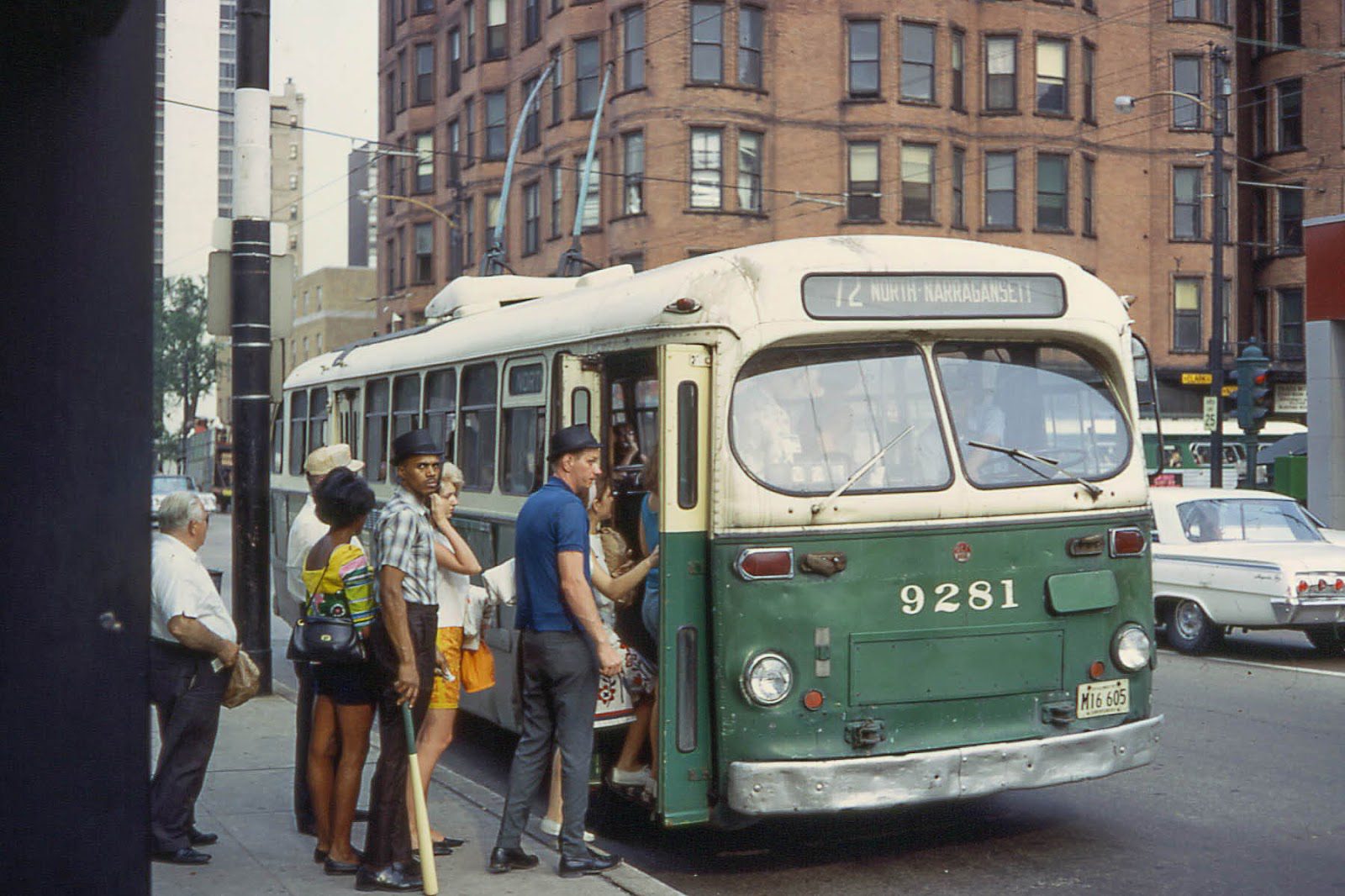The history of public transportation in Chicago dates back to the mid-19th century. Until 1848, Chicago was a pedestrian city. Walking or riding a horse was the only way for people to get from one point to another. As reported by chicago-future.com, the necessity for public transport arose due to the rapid growth of the population in 1850.
It all started with horse carts

Omnibuses, horse-drawn wagons for 20-30 people, were used to transport passengers on the first urban roads. They appeared in Chicago in 1852. The wagon was 12 feet long and moved at a speed of 3 miles per hour. Few people could afford to use such a public vehicle as the omnibus fare cost 5 cents, which was not cheap at the time.
Because of poor drainage, which turned the city streets into quagmire after rain, omnibuses were replaced with horse trams in 1859. The first horse-drawn cars were constructed with wheels that effortlessly moved on rails attached to planks.
From 1855 to 1856, trunk railway lines began to be used to take people to nearby summer resorts. This type of transportation became very popular among locals who did not want to travel long distances on foot.
The population of Chicago increased and reached 1 million people in 1890. That is why railroad officials began looking for more efficient methods of transporting passengers.
The utilization of small steam locomotives to pull trams was not successful. In 1882, horse-drawn lines were converted to cableways, which were capable of developing speeds of up to 14 miles per hour. In 1890, the first electric trolleybus was put into operation.
Heavy traffic jams in the city center that started increasing more and more led to the construction of the first elevated railways in Chicago. In 1897, The Loop overpass was opened. In 1914, all street railway companies were merged under one management and became known as the Chicago Surface Lines (CSL).
Development of public transport in the city

Bus service in Chicago appeared in 1927 when the first gasoline-powered buses were put into operation on Diversey Avenue (now Diversey Parkway). This was followed by the introduction of trolleybus service in 1930.
In 1945, the company CSL acquired the Green Hornet street cars. That same year, the Chicago Transit Authority (CTA) was created and assumed control of rapid transit and trolleycars in 1947.
Trolleycar traffic in Chicago ceased to exist in 1985.
In 1961, the CTA purchased the first diesel-powered New Look buses from GM. By 1976, all buses running on gasoline had been replaced by diesel ones.

In 1979, the first 55-foot buses started running. They were often called Big Bend Bus because of the curved accordion-shaped part in the center of the bus, allowing it to easily maneuver.
In 1995, low-floor buses first appeared in Chicago, which did not have steps at the front section, making them very convenient for wheelchairs and elderly people.
In 2006, the CTA bought the first diesel-electric hybrid buses from the company New Flyer of America, Inc. Reduced emissions make this type of transportation extremely eco-friendly
Modern Chicago has a well-developed public transport network. It includes 152 bus routes and 8 subway lines. There are 2 large and several smaller airports in the city. Residents and tourists are free to choose the most convenient travel mode. Subway is the most preferred option.


